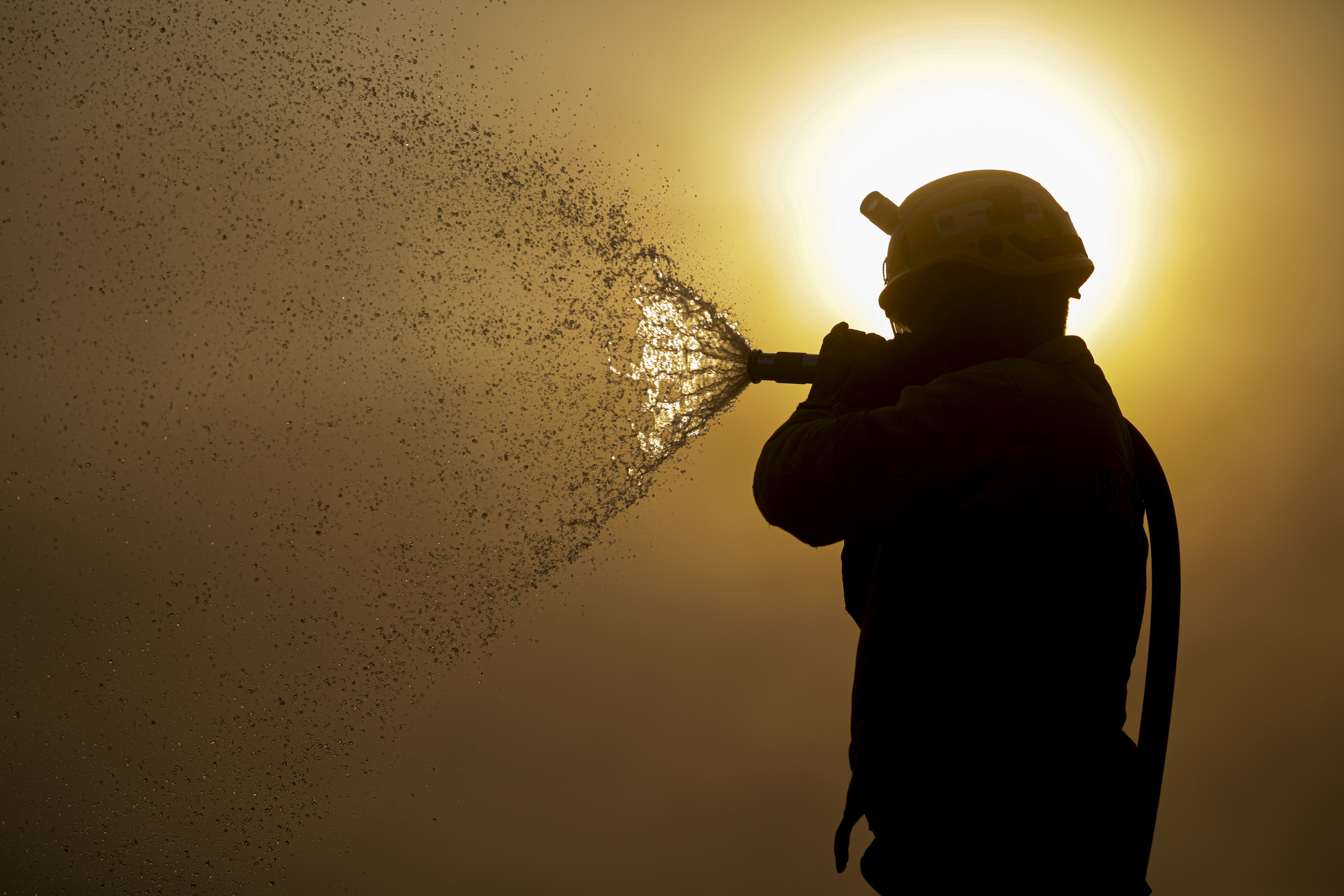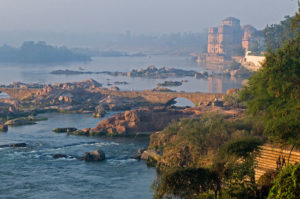Hot, hot, hot: it might be the best way to sum up 2023. The year is set to be the hottest on record, as global average temperature rises edge towards the 1.5C limit of the 2015 Paris Agreement, which countries are now scrambling to keep within. In Latin America as much as anywhere, this year has underscored the dangers of climate change, seen in abnormal winter heatwaves, historic droughts, and flooding events that have brought damage and disruption to an already vulnerable region.
It has also been a year of political swings and of continuing economic challenges for many countries in the region. There have been some causes for hope, however, with progress and potential in renewable energy, and stories of an ever more engaged environmental sector striving for solutions at the grassroots, despite a host of obstacles.
Throughout the year, Diálogo Chino has sought to shine a light on Latin America’s most pressing environmental challenges, on under-reported stories at the local level, and the region’s ever-evolving relationship with China. Here are our editors’ favourites.
Nanaui Amorós, multimedia content manager
🥩 Is beef losing ground in South America?
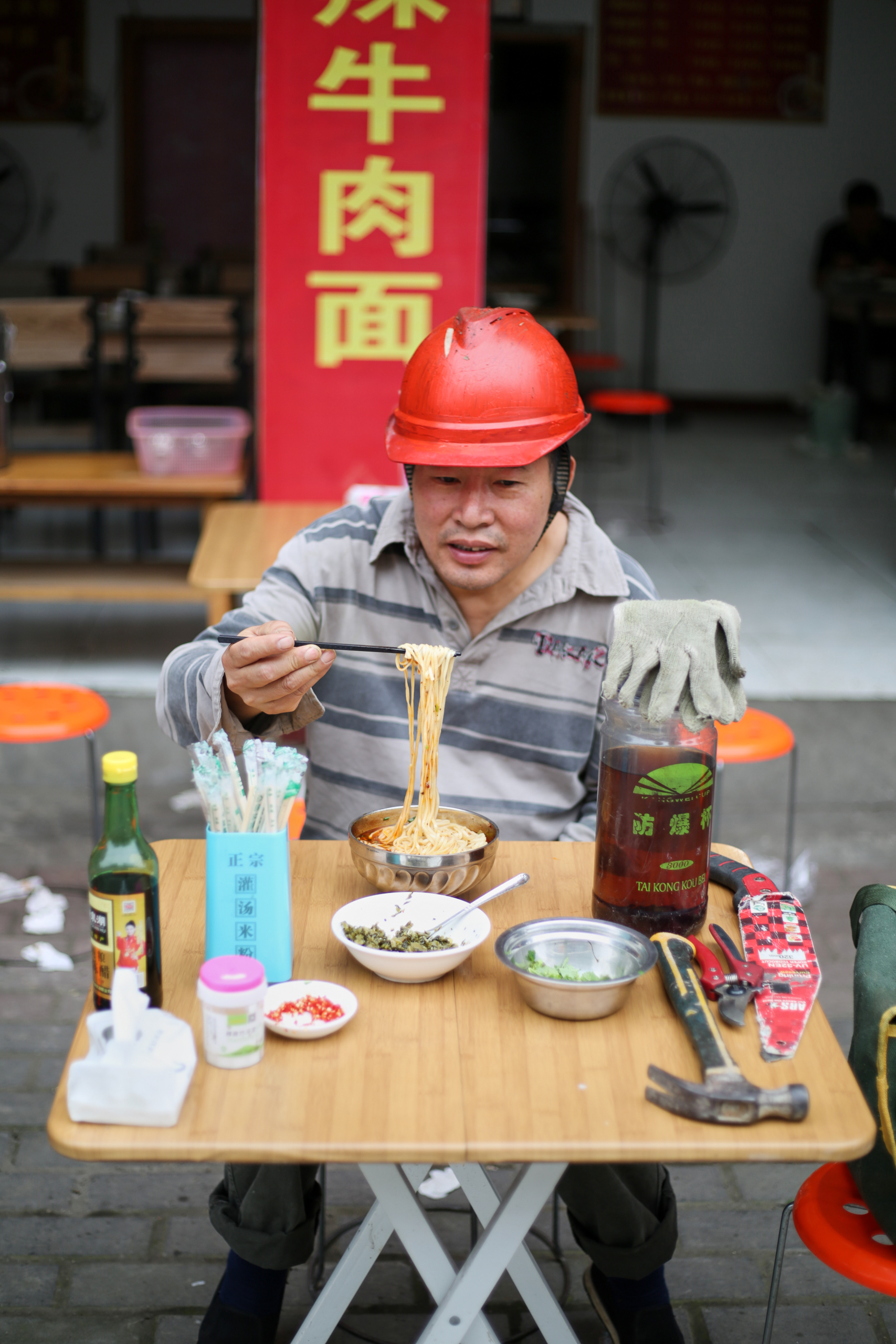
Food is something that I feel strongly about, especially as a Brazilian. As I sit down every Sunday around a late family lunch, the main dish and attraction – apart from the music – is usually some type of meat, often beef churrasco. I know well the impact of the meat industry, as a driver of deforestation in the Cerrado, the savannah biome in central Brazil, where I am from. But seeing it burn first-hand has still not made me budge on giving up beef altogether. Sure, I try to eat it less, but it’s so well rooted in our Latin American cultural heritage that it feels like giving up a part of me.
Working with three different photographers across continents for this piece, and choosing from the more than 350 amazing pictures that we received, was a formidable challenge. Seeing how people in China, Argentina and other parts of Brazil fervently advocate for and against eating meat was truly compelling. All around, people are turning their backs on cultural heritage for different reasons: changes in price, environmental and animal welfare concerns, and also for health issues. As more and more people ask themselves the same question, I also feel I should: could I take the leap of becoming vegetarian?
Jack Lo, Andean region editor
🇵🇪 Peru’s megaport reshapes Pacific trade – and the town next door
Peru’s Chancay port is one of the biggest infrastructure projects to arrive in Latin America under China’s Belt and Road Initiative. Set to be inaugurated during next November’s APEC summit in Lima, it could become the most important shipping hub in South America and one of the most important on the entire Pacific coast, from Canada down to Argentina. Long Beach in the USA and Mexico’s Manzanillo are currently the only ports with the capacity to receive the ultra-large vessels that Chancay is set to welcome. But in addition to these lofty ambitions, there has been significant opposition from communities living next door to the planned port, with complaints arising since its inception.
Diálogo Chino has followed the project’s progress since 2021. We have returned to the sites, compared the differing versions of events, and managed to obtain statements from the companies conducting the works. Local media has not always covered this case extensively, but as its opening nears, we will aim to remain firm and attentive, in search of just outcomes for the people affected in Chancay.
Marina Bello, editorial assistant
🌳 In Peru’s Amazon, Indigenous women lead the way on conservation
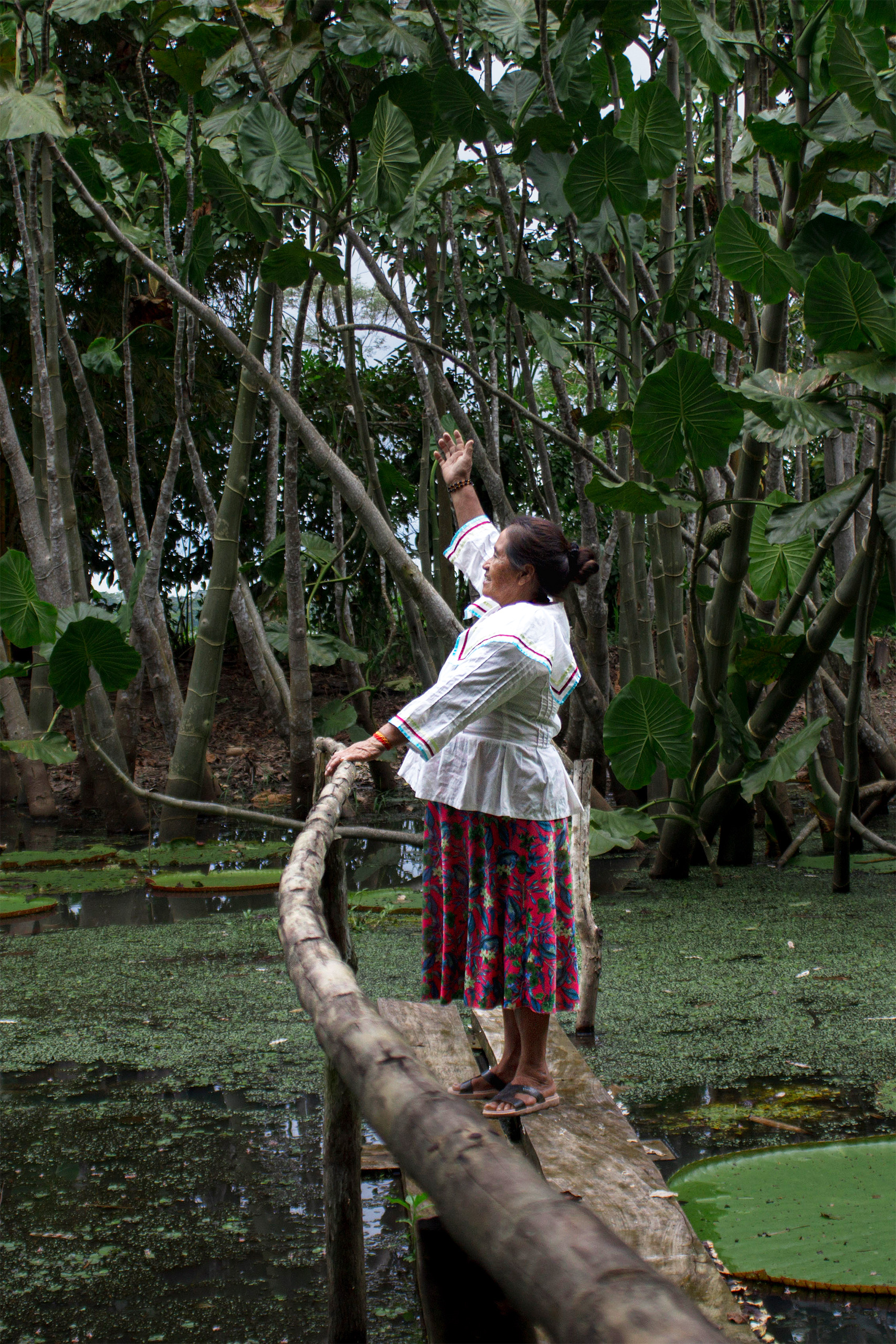
The intersection between environment and gender is of particular interest to me, and in recent years Diálogo Chino has looked to devote more and more attention to it. There are plenty of reasons for this: climate change is a threat multiplier and impacts on existing gender inequalities, and a large number of women protect and defend ecosystems throughout Latin America.
This year, regular contributor Sally Jabiel worked on an article about the Indigenous women leaders, engineers and biologists who are spearheading voluntary conservation in the Peruvian Amazon. Through images of the rainforest and a story focused on the voices of the women who defend it, the result was a piece that is equal parts inspiring and alarming: the conservation work they do is invaluable, but the threats and dangers they face from this work are growing.
Ahead of the third conference of the parties to the Escazú Agreement – the first regional environmental agreement in Latin America and the Caribbean, and the first in the world to contain specific provisions on women human rights defenders in environmental matters – in Santiago, Chile in April, the protection of those who defend the planet will remain high on our agenda in the year to come.
Alejandra Cuéllar, Mexico and Central America editor
☀️ The largest solar farm in Latin America, at what cost?
As the world moves towards the energy transition with more vigour, communities have often felt impacts from nearby renewable energy projects, something we have consistently aimed to cover, to seek just resolutions to such disputes.
We teamed up with Mongabay Latam to report on the case of the Tohono O’odham people in north-western Mexico, who have voiced opposition to a project that is set to become one of Latin America’s largest solar farms. Part of Mexico’s Sonora Plan to boost clean energy, the project involves the installation of transmission lines across salt flats near the Upper Gulf of California, a sacred site for the Tohono O’odham, whose ancestors once made pilgrimages here. The solar megaproject, covering 2,000 hectares with 278,000 solar panels and slated to reach one gigawatt of capacity by 2027, has raised concerns among Indigenous communities and environmentalists due to its impact on UNESCO World Heritage Sites and ancestral lands.
The Tohono O’odham argue that their beliefs and heritage have been disregarded in the project’s approval process, emphasising the significance of the salt flats and freshwater springs to their culture. As we heard in our reporting, environmentalists have joined the Indigenous communities in opposing the transmission lines for their impact on biodiversity and sacred sites.
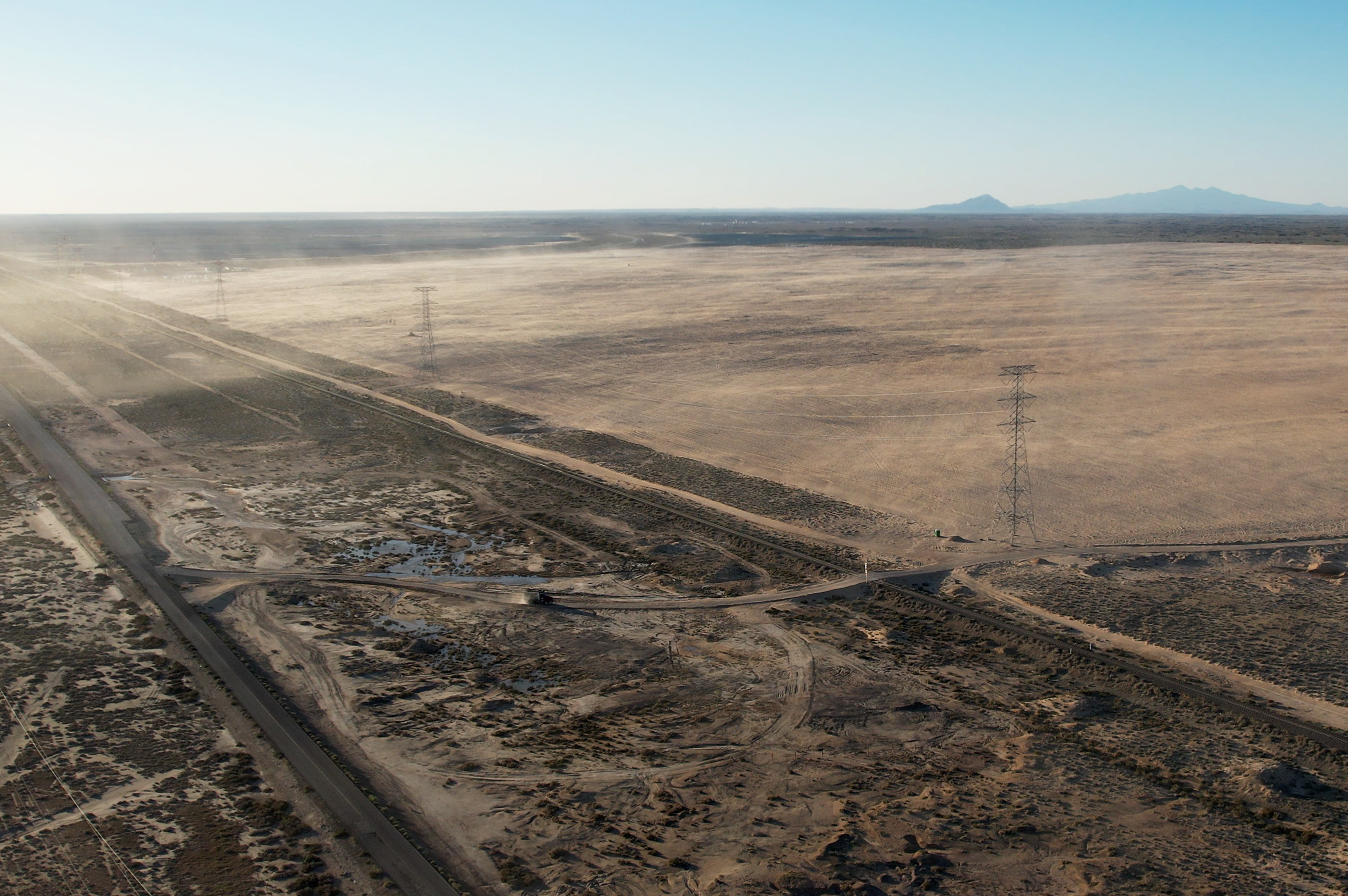
Flávia Milhorance, Brazil editor
🚜 How soy took over family settlements in the Amazon
Diálogo Chino produced a number of important stories in 2023. We explored in more depth an inconvenient truth: that the energy transition does not come without potential impacts, whether it’s the excessive use of water in the exploitation of lithium, a mineral used in electric batteries, or threats from wind power plants to biodiversity.
We also deepened our focus on cross-border collaborations among Latin American reporters, seeking to better understand how the European deforestation law affects, say, Brazil and Uruguay differently, or how the electric vehicle market is gaining momentum in different countries of the region.
But the article I picked – How soy took over family settlements in the Amazon – was a very personal choice, I must confess. As I researched this story, I was increasingly surprised by the situation. Soy is a crop that is usually more viable in large areas, requiring high capital inputs. But the market has become so hot, and the competition so intense in Brazil’s centre-west, that even former family farming settlements – originally established for more varied food production – cannot resist the lure of soy monoculture. A graph we produced for the story made clear how Brazilian soy is mostly destined for animal consumption and the production of biodiesel, not for human consumption. All this at a time when food insecurity continues to rise alongside this production for export.
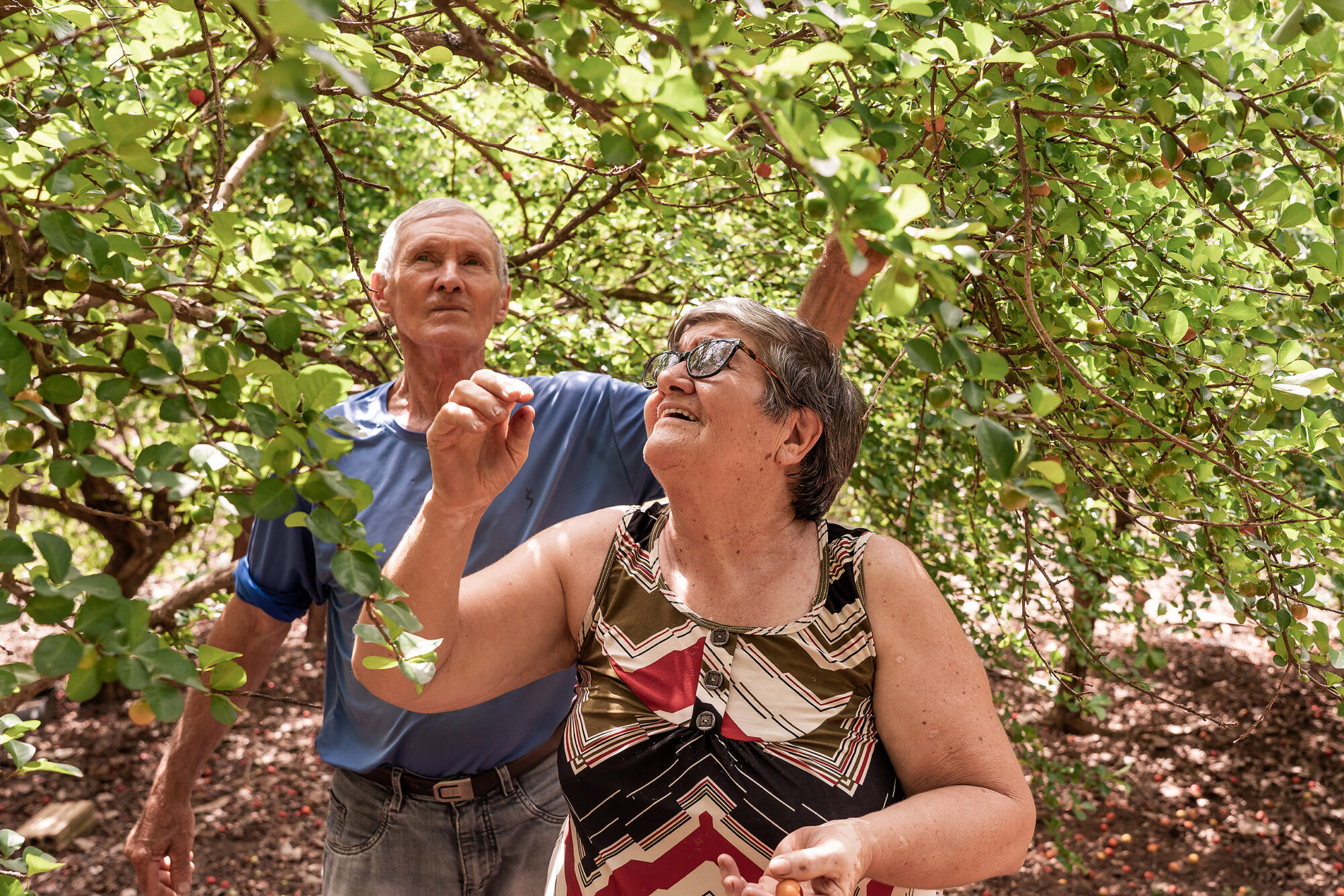
Fermín Koop, Latin America managing editor
💧 Green hydrogen plant in Uruguay faces challenge over water use
In 2023, Diálogo Chino paid close attention to Latin America’s energy transition, including countries’ plans for green hydrogen, a fuel generating something of a buzz across the globe. Currently, hydrogen is mostly produced from fossil fuels, but this new industry targets production using renewables, such as solar and wind, energy sources that are abundant in countries like Uruguay and Chile.
Ramiro Barreiro travelled to Tambores, a town of only 1,500 inhabitants in northern Uruguay, where the national government and private companies plan to push ahead with the first green hydrogen pilot, the Tambor Project. The planned facility has generated doubts and opposition in the community over possible social and environmental impacts, particularly its water consumption: it would require between 500 and 700 cubic metres of water per day, which would be obtained from underground sources.
Ramiro’s report brought insight from residents, specialists, and government and company representatives, as well as touring Tambores and sharing impressions of the town and the project.
Patrick Moore, Latin America editor
🎸 Songs for plants: Meet the groups using art to protect Argentina’s forests
One of the very few Diálogo Chino stories ever to begin in a bar, Daniela López’ report shone light on the innovative, citizen-led initiatives that have used art to raise awareness of the plight of forests in Córdoba, Argentina. Among them is musical trio Toch’s song “Plantas”, a bouncing ode to the province’s native trees and plants, many of which are threatened or have been lost in recent decades, including to invasive species. Exhibitions and immersive experiences have also sought to reconnect people with these environments
The flow of bad news on the environment can feel relentless, and amid talk of global emissions, transitions and systems-level change, it’s easy to feel deflated and powerless. Finding ways to keep people inspired to act is challenging, so bringing it back to the local level can be a reminder that some small change may be within our own reach. Art alone isn’t going to turn the tide, of course, but it is often a vital starting point in engaging audiences, new and old. The crowd gathered at the bar certainly seemed to be getting behind Toch and “Plantas”.
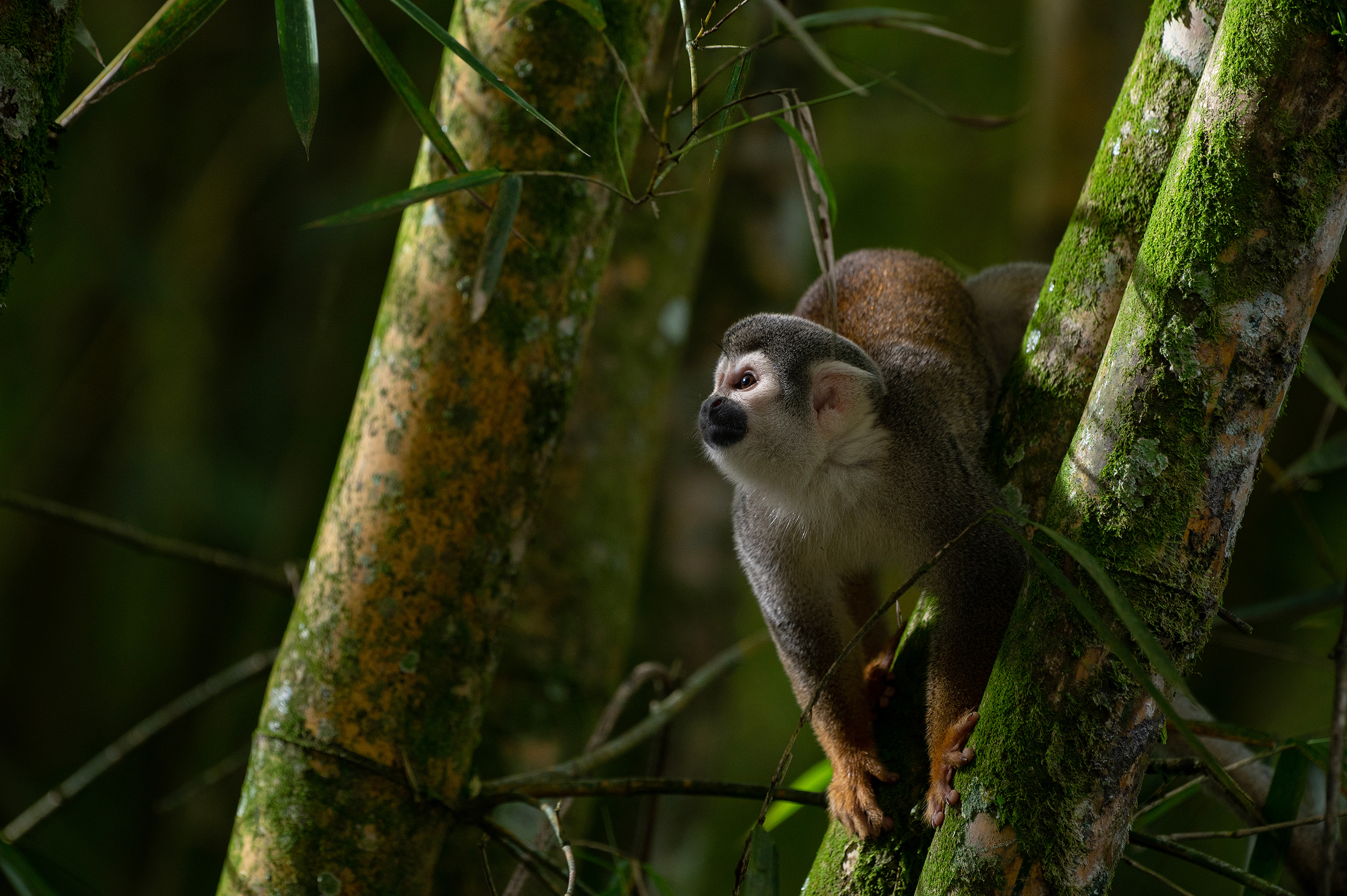
Juan Ortiz, editorial assistant
🗳️ Ecuador set to vote on banning oil projects in Yasuní National Park
On 20 August, Ecuador held the most important vote of the year for the region’s environment: the referendum on oil projects in the Yasuní National Park, one of the most biodiverse areas in the Amazon and home to two Indigenous peoples in voluntary isolation. The issue featured prominently in the campaigns of the presidential candidates, who faced each other on the same date as the vote, at the end of an electoral race marked by violence.
The result was a resounding “yes” to ending oil extraction in Yasuní, against the wishes of then president Guillermo Lasso. The new president, Daniel Noboa, has promised to respect the referendum’s decision and remove state oil firm Petroecuador’s facilities from the site. In energy matters at least, the country’s position now seems in tune with that of neighbouring Colombia, which has been pushing ambitious plans to abandon fossil fuels, including at the COP28 climate summit.
Ecuador’s energy future is still uncertain. With a term of only a year and a half to work with, Noboa will have to find alternatives to oil royalties to subsidise the country’s income transfer programmes and control petrol and diesel prices. If he doesn’t fulfil expectations, in record time, he can prepare to hear the cries of the unions and Indigenous movements on the streets of the country once more.
